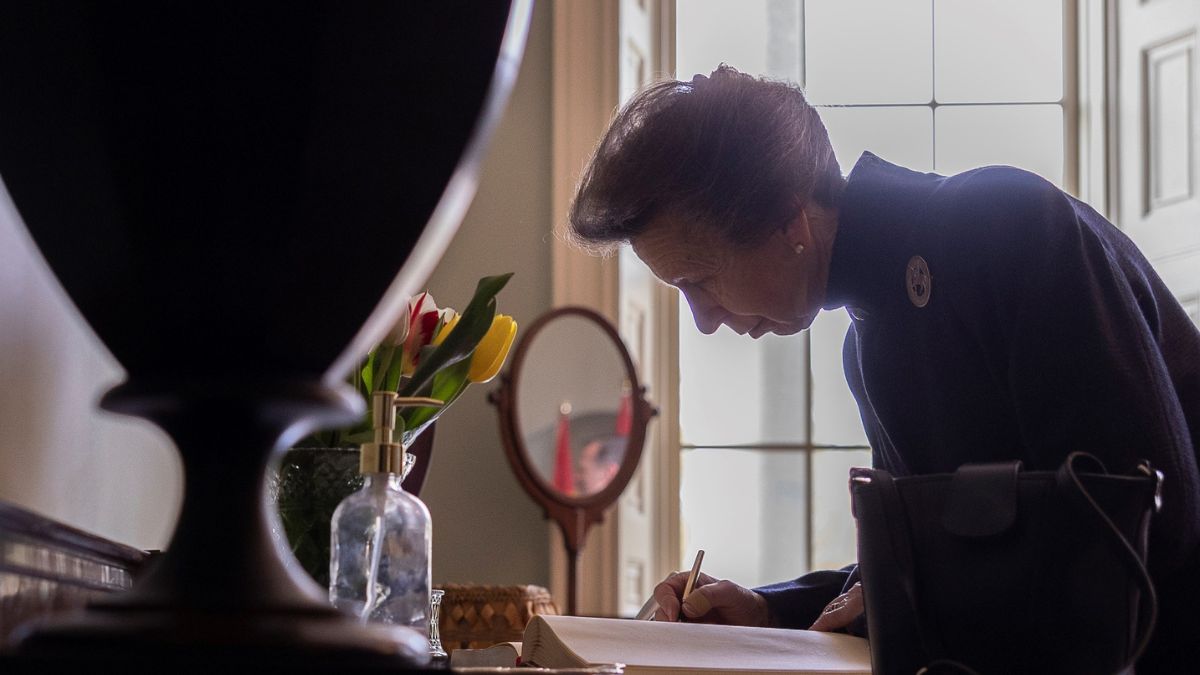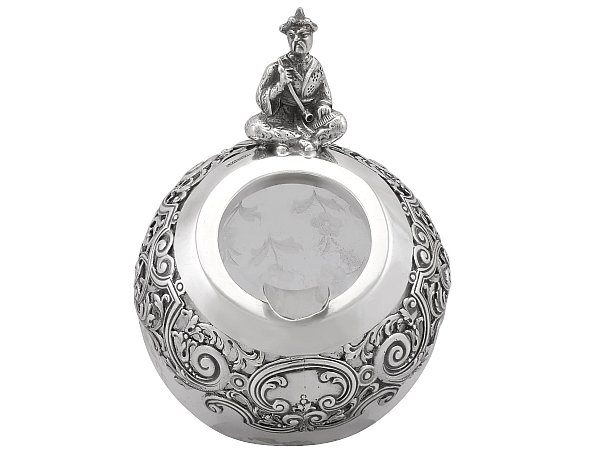Pap boats are small, shallow vessels resembling sauce boats but usually without handles and legs, although some rare American specimens have these. First made in the early 18th century, they were used to give bread soaked in milk or other semi-liquid food to children. By the 1760s, most pap boats were made from thinly-rolled silver, and many examples now had applied beaded or gadrooned mounts, serving both to decorate and to strengthen the flimsy edges of thin metal.
The type of pap boat a family had depended on what they could afford, ranging from very plain to highly ornamented. These small and shallow vessels were made from many different kinds of material such as silver, pewter, wood, glass or porcelain. Silver pap boats in particular were usually very lightly decorated if not completely plain; only the rim would normally be decorated.

What is Pap?
The word ‘pap’ is said to be of Scandinavian descent, taken from the sound a baby makes when its mouth is open and about to be fed. However, there is an argument that the meaning comes from the items primary use: replacing the ‘nipple’ in feeding. The vessels were common in households and in use from the late 16th century until the early 1800s. At this point, their use died out due to the invention of feeding bottles.

It is said that these vessels were originally used to hold a gruel-like substance. Typically, ingredients mixed in a pap boat and used for a feed were bread, flour, and water. However, the recipe could change to butter, milk and sugar depending on the families’ wealth. The pap feed was thought to be soothing and easy to digest. Also, if an infant was ill the medicine was easy to conceal inside. An early issue with these vessels was that they could not be sufficiently sterilised and therefore contributed to infant sickness.





One Response
Thanks Louise Snowdon it’s been a lovely weekend Hope your’s is as well!